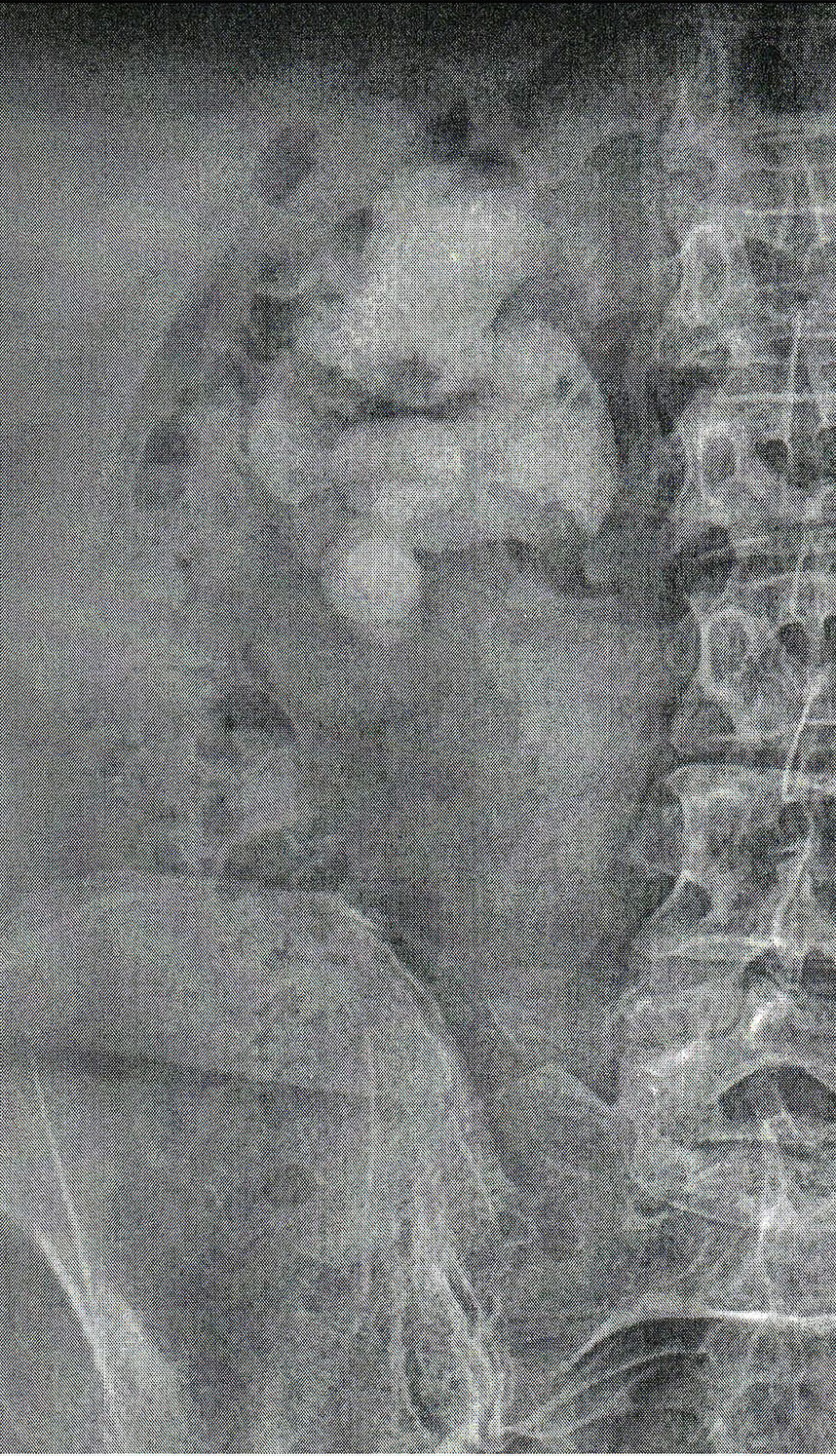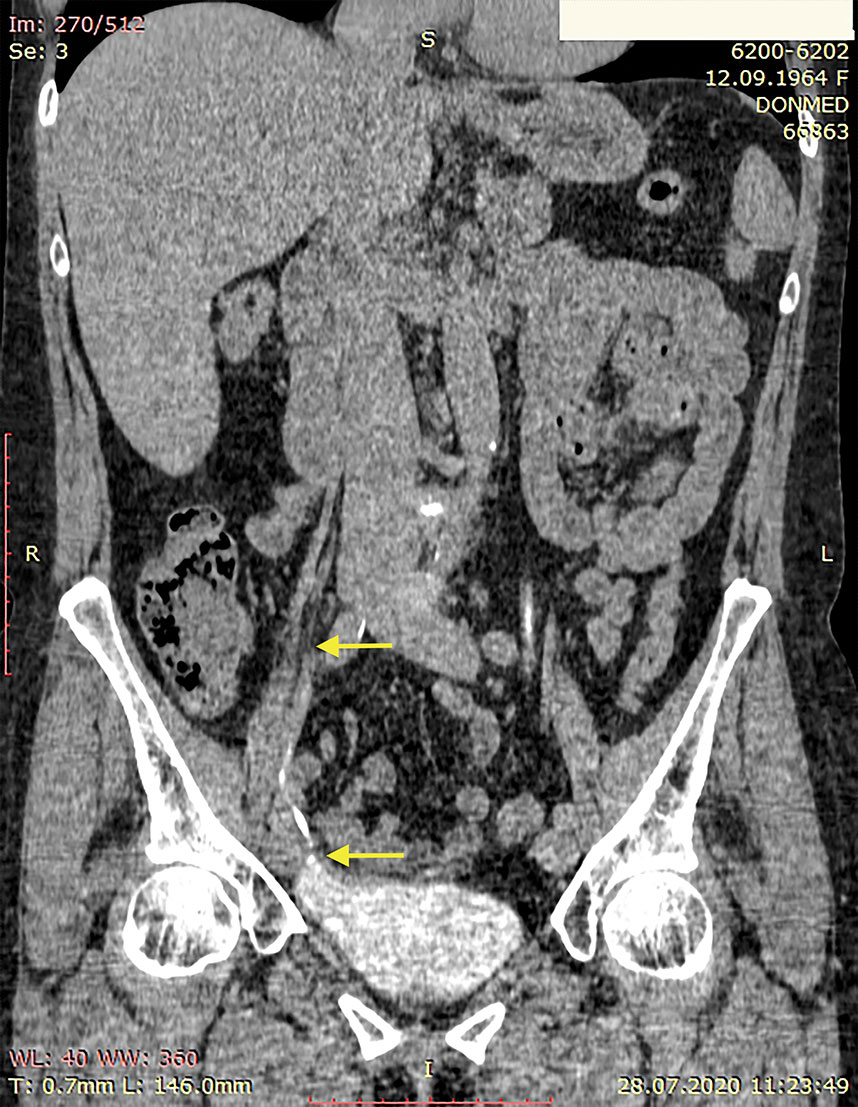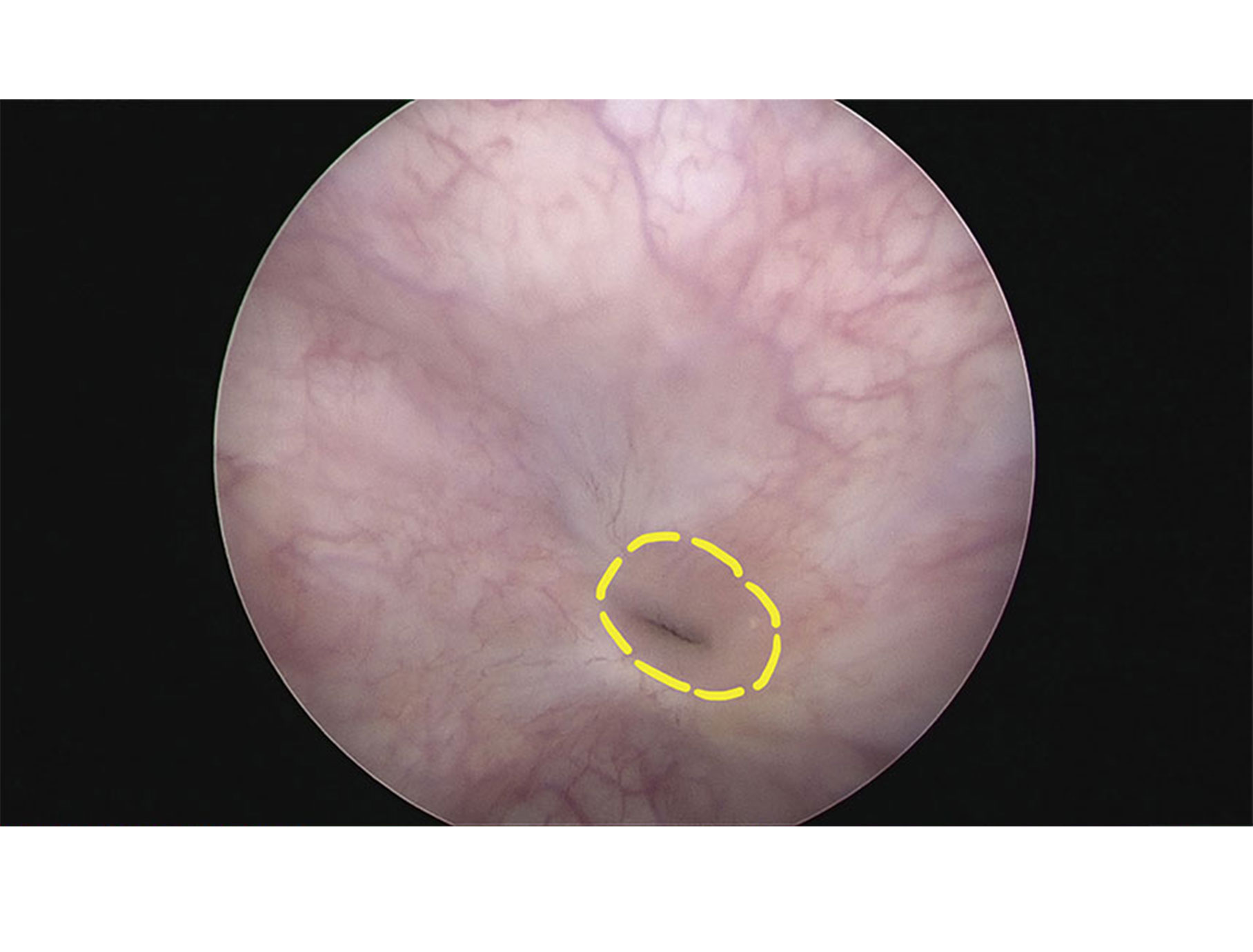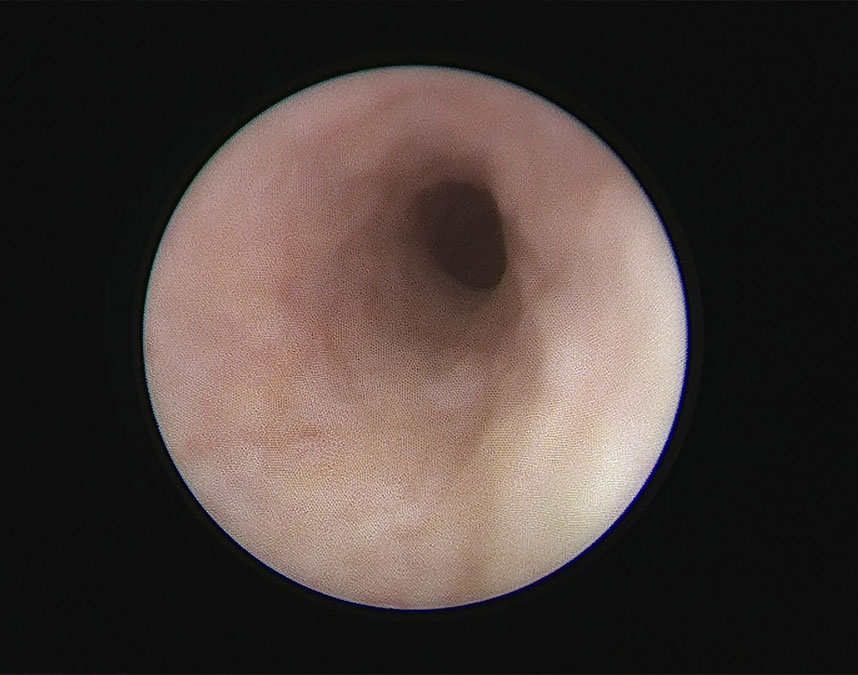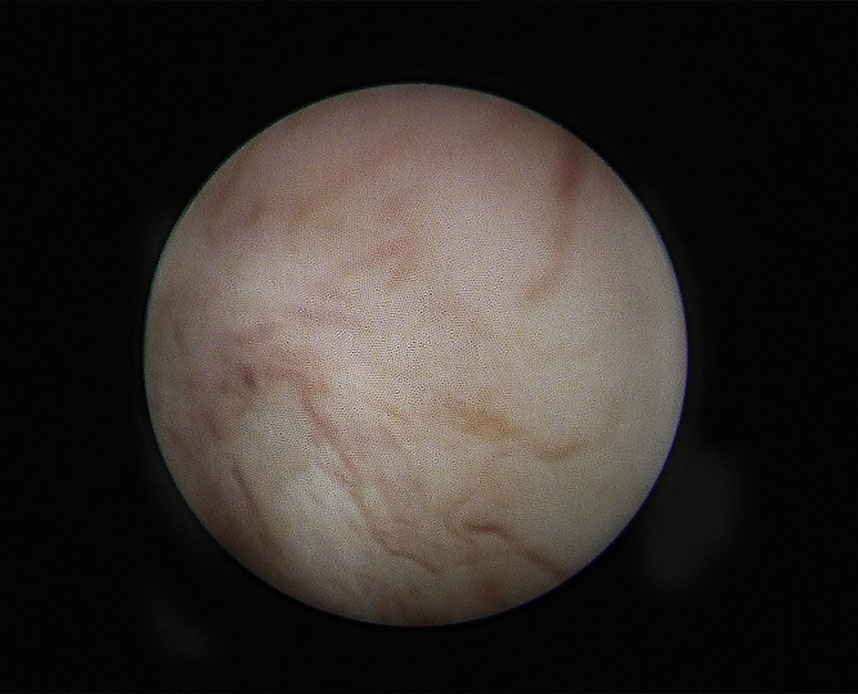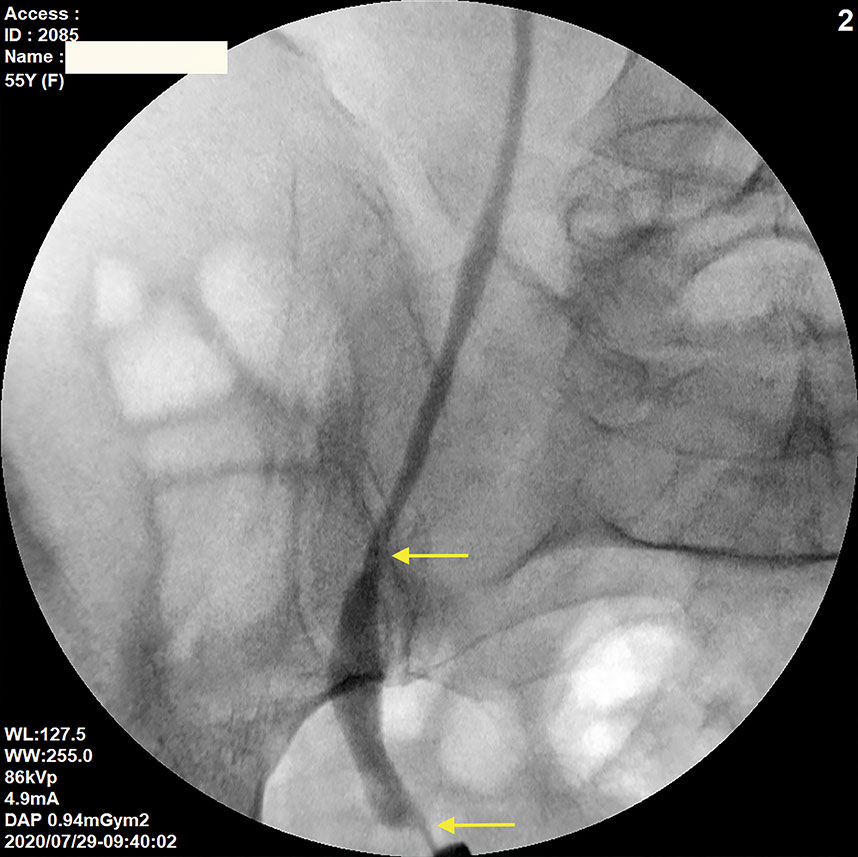
This article is an open access article distributed under the terms and conditions of the Creative Commons Attribution license (CC BY).
ORIGINAL RESEARCH
Buccal ureteroplasty for recurrent extended strictures and obliterations of distal ureter
1 Hospital for War Veterans, Rostov-on-Don, Russia
2 Moscow Research and Clinical Center for TB Control, Moscow, Russia
Correspondence should be addressed: Andrey A. Volkov
pereulok Zaprudny, 17, Rostov-on-Don, 344020; ur.kb@a37voklov
Author contribution: Volkov AA, Budnik NV — study conceptualization and design development, shared responsibility, text preparation; Abdulaev MA — material collection; Volkov AA, Reshetnikov MN, Plotkin DV — statistical data processing; Volkov AA, Zuban ON — obtained data analysis; Volkov AA, Zuban ON, Reshetnikov MN — editing.
Compliance with ethical standards: the study was approved by the ethics committee of the Hospital for War Veterans (Minutes #1 of February 6, 2018). All participants submitted the signed informed consent forms confirming their consent to participate in the study.
